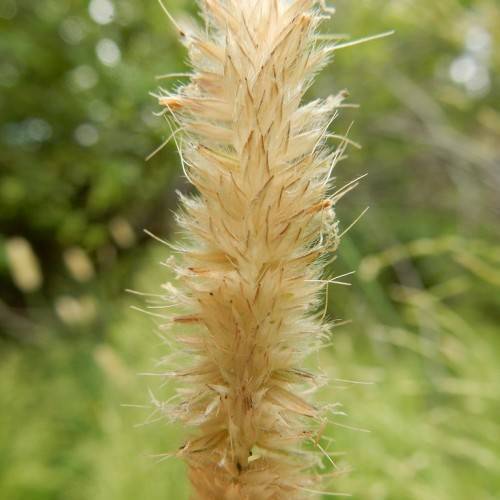
Alpine Foxtail
Alopecurus magellanicus
Watering:
Average
Hardiness Zone:
Flowers:
Flowers
Sun:
full sun
Soil:
Sand, Loam
Leaf:
Yes
Growth Rate:
Low
Drought Tolerant:
Yes
Salt Tolerant:
Yes
Care Level:
Moderate
watering
Short Awn Foxtail (Alopecurus aequalis var. aequalis) prefers an evenly moist soil with even soil moisture throughout its life cycle. It should be watered when the top layer of soil is dry to the touch, which usually means once every 1-2 weeks. If the season is particularly dry, this frequency can be increased slightly. When watering, be sure to fully soak the soil, providing enough moisture for the entire root system. Make sure to avoid over-watering, as this can lead to root rot.
sunlight
Short Awn Foxtail (Alopecurus aequalis var. aequalis) prefers to grow in areas with full sun exposure. This grass species thrives when it is able to absorb the maximum amount of direct sunlight. The ideal amount of daily sunlight for this type of plant is 6 to 8 hours. In areas with cooler climates, more full sun is preferable for optimum growth. Placing this grass in a spot that receives direct sunlight in the morning and filtered sun or shade during the mid-day and afternoon hours is ideal for its health.
pruning
Short Awn Foxtail does not need much pruning and can even remain unattended. Depending on the desired look and density, pruning should be done in mid to late spring. Remove dead or straggly stems and use scissors or shears to shape the plant. It is important to wait until late spring to prune so as not to interrupt the natural flowering of the plant in the previous season. If the plant is grown primarily for the flowering display, then prune after flowering has finished and all the flowers have gone to seed.
